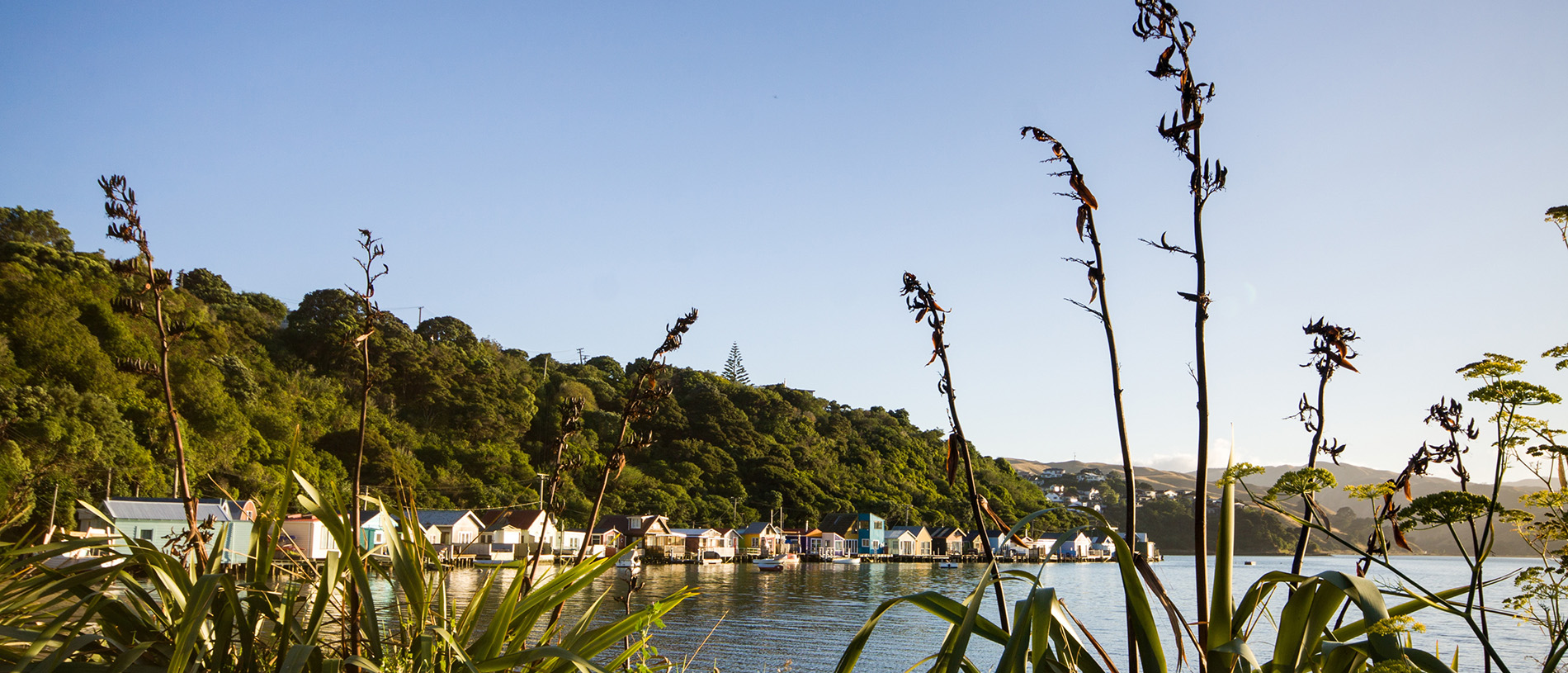
Loved by the locals: Porirua
1. Cop this!
Situated in the precinct of the New Zealand Police College, the national Police Museum is an absorbing way to spend a couple of hours (or more). It vividly illustrates the history of the way in which New Zealand has policed itself, with both permanent displays – often featuring actual exhibits from some of our more notorious crimes – and periodic exhibitions.
2. Recycle tours
As it says on their website, ‘One man’s trash is another man’s treasure’, and you’ll find plenty of treasure at Trash Palace. Originally opened as a way of raising consciousness about the desirability of recycling rather than junking used items, Trash Palace has acquired the status of icon in the Wellington region, to the extent where crafty and thrifty people of all walks of life went into mourning when it seemed likely to close permanently.
Happily, it reopened, so your one-stop-shopping destination for 1970s dinnerware, costume box materials, kids’ bikes and assorted old and unusual tools and trinkets is alive and kicking.
3. It’s a beach!
The coast to which Porirua is adjacent is blessed with fine beaches, from Paremata and Plimmerton to Pukerua and Tītahi Bays. It’s a tough assignment to pick a favourite, but when it’s working, it’s hard to go past Tītahi Bay with its point and beach surf breaks. And even when it’s flat or mush, dude, it’s still a primo spot to spread a blanket for a picnic or fish and chips.
4. Catch the wind
Because it is almost completely enclosed and gets its fair share of upscale wind, Mana Harbour is a favourite haunt for windsurfers – so much so that it’s played host to the national windsurfing and wave-jumping championships before. The water is shallow and can kick up, but as often as not, it’s calm and fully conducive to learning the sport. If there’s no wind or you like a cruisier experience, you could always paddle your board. At the other end of the scale, the more adventurous and the kite-surfers tend to hang out around the harbour entrance, usually when the wind is from the northerly quarter.
After all, there’s not much before Australia if you catch the southerly...
5. Partake or take part
Pātaka, as everyone knows, means storehouse in te reo: it’s where goodies were kept in pre-European times. It’s an apt name for such a treasure house as Pātaka Museum and Gallery, which flaunts the history of the district and is the centre of its considerable contemporary cultural richness, too. The gallery has a busy schedule of visiting exhibitions, often with a local and (more specifically) a Māori flavour, and it does wonderful work interpreting art to the public, too, holding workshops and classes for children and adults alike. It’s enough to make *cough* people who grew up believing that museums were boring very jealous indeed.
